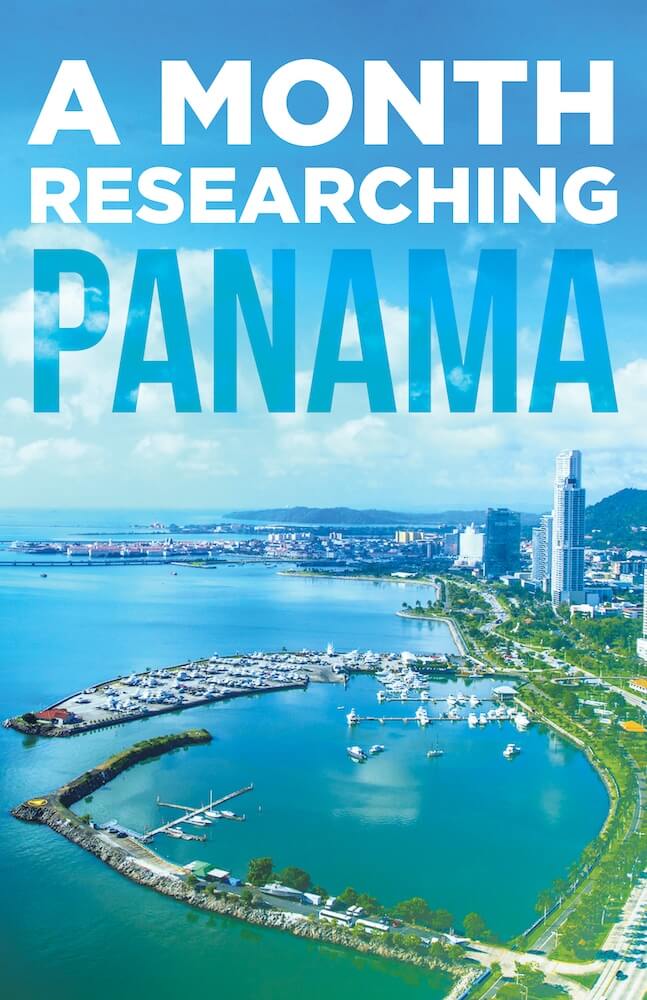I’m very fair-skinned and blonde. I speak with an Australian accent, having grown up in Sydney, so last week when I was waiting in the Atlanta airport for my flight to Panama City, I understood why a young woman sitting next to me never imagined I had lived in Panama for the past ten years.
“Have you been to Panama before,” she inquired slowly. I nodded affirmatively. “I live there,” I said returning her cautious inquiry with a smile.
“You do?” she responded with a bit of surprise. “What’s it really like,” she asked. “I’ve been a little worried about what we would encounter.” I immediately wondered why she was going to Panama and how it was that she couldn’t find just about everything possible about Panama on the internet.
Seeking Medical Treatment
After a bit of conversation, I learned the young woman, somewhere in her mid-twenties, was on her way to take her mother for stem cell treatments in Panama City. Her mother sat quietly in a wheel chair parked not far from the gate. She looked tired and much older than someone in her forties.
“My mother has suffered most of her life from rheumatoid arthritis or RA, she said. “I’ve never really known her without RA and she has had limited mobility most of my life. It’s incredibly painful,” she said as she played with her phone and dangling ear buds. “It just gets worse,” she said.
“It’s an autoimmune disease where the immune system turns on itself and first attacks the lining of the joints and then the joints themselves. It’s all very destructive on the body,” she said. “We’ve tried just about everything but my mother’s organs are now being affected. Her physician in Michigan said going to Panama was our best bet because we could receive embryonic stem cells. We’ve tried drugs like Humira, Enbrel and Orencia, but they really didn’t help all that much and even if they helped a little, the relief stopped pretty quickly.” The young woman looked tired and a bit resigned.
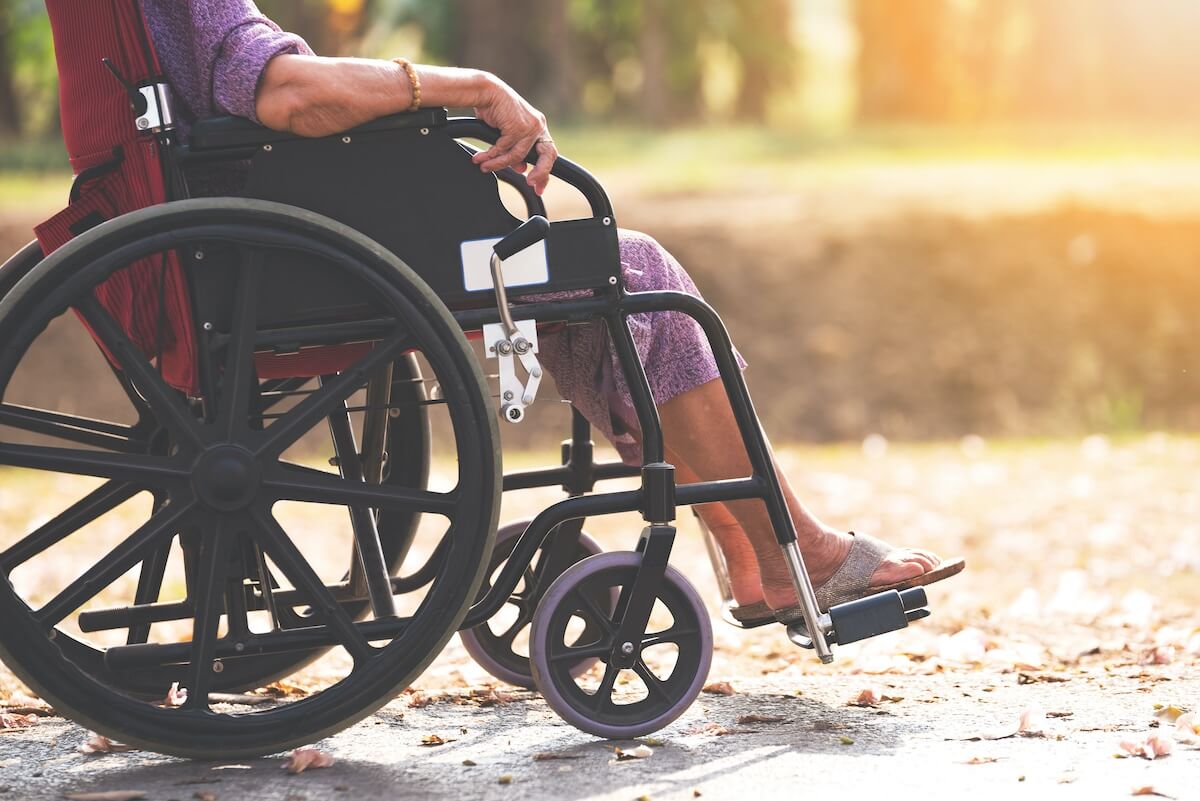
I listened carefully, struck by the fact she always referred to the disease in the plural as if she also suffered with RA. “I think you’ll really like Panama,” I began attempting to change the subject just a bit and adding something positive. “First it’s going to be warm and I think that might be nice for your mother!” She smiled and nodded.
“The winters are particularly difficult for her. We’ve talked about moving but my mother is a professor in Women’s Studies at the University of Michigan. She lives to teach, even if it is often difficult for her to get to class.”
“In what part of the city will you be staying,” I asked, thinking she might like some good restaurant suggestions.
Hotel and Breakfast Part Of The Package
“The Stem Cell Institute, where we are going in Panama, provides us with a hotel stay at the Hilton on Avenida Balboa,” she answered. “We get breakfast and unlimited internet, someone will meet us at the airport and then will take us to her appointments. Everything will be on an outpatient basis. It’s mostly injections. We will be here about a week and then it’s return to Ann Arbor where we’ll wait to see if it was worth the trip,” she said.
The Stem Cell Institute in Panama puts together a package for those seeking medical treatment and arrange for a room at the Hilton near the hospital as well as having someone meet the patient and family at the airport.
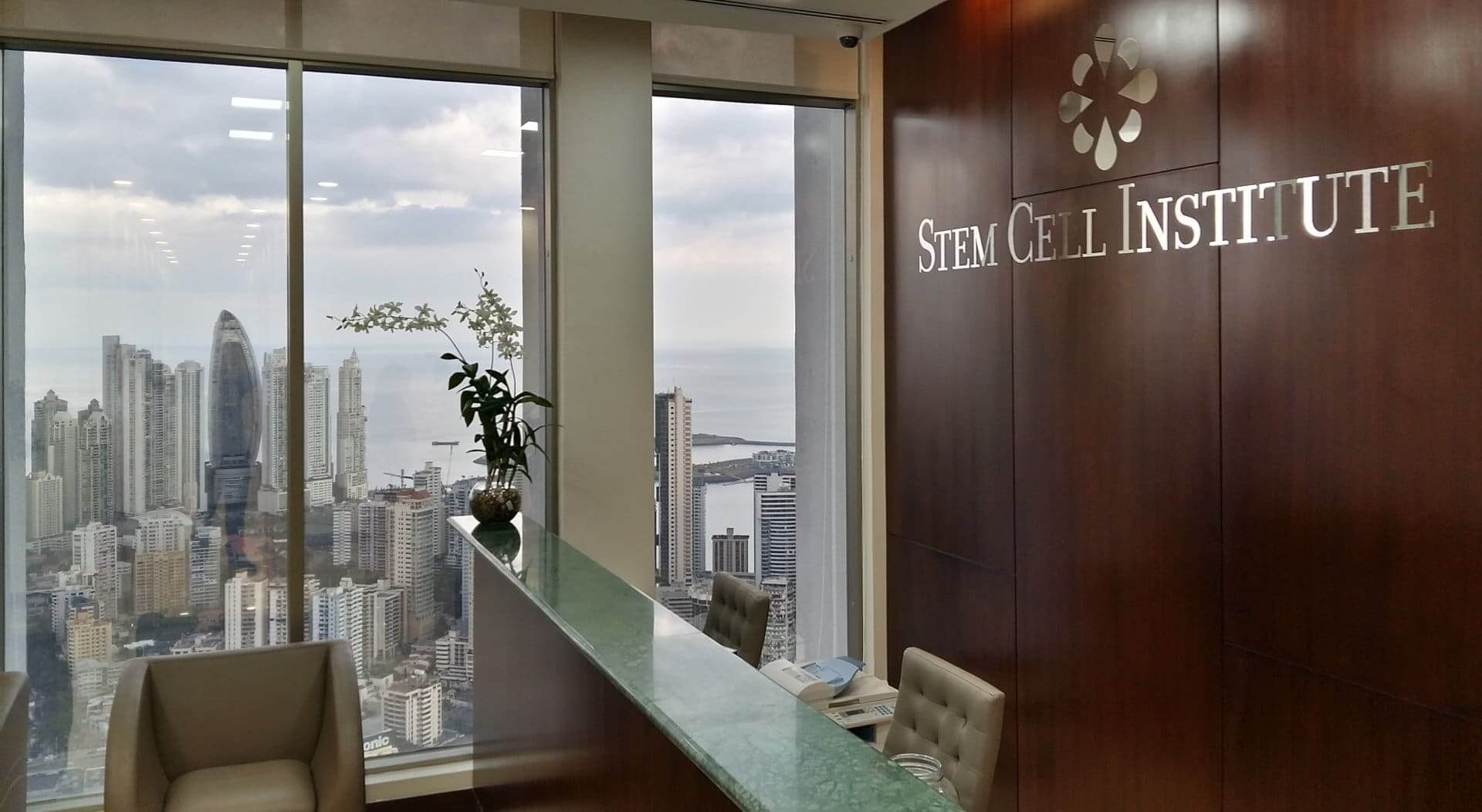
I knew Panama City had been increasing their offerings around medical tourism and the fact the Johns Hopkins International affiliated hospital in Punta Pacifica was highly regarded. I routinely meet people who have received joint replacements and several others who elected to have dental treatments simply because the cost is so much less in Panama, but I hadn’t heard about receiving a treatment in Panama that was not available in the United States.
“Is this treatment experimental?,” I asked, realizing she really just wanted to talk and probably already was pretty sure Panama would be welcoming and positive. I liked this woman and found her to be warm and articulate.
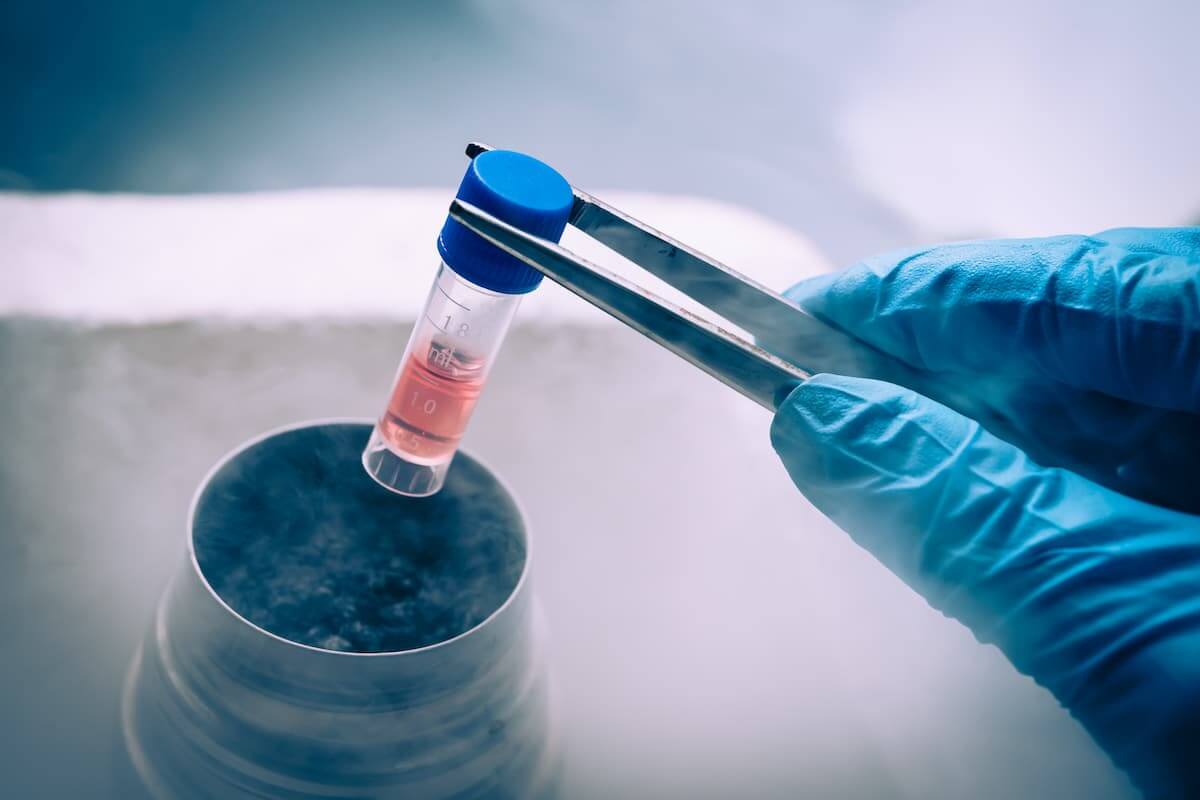
Allowed But Not Available
“Well yes and no,” she countered. “A ban on embryonic stem cell research was lifted a few years ago, but the actual treatments really are not available to patients even though it’s known that stem cells derived from an umbilical cord are very beneficial. Those cells have the ability to morph into just about any kind of good cell you need anywhere in the body.
In the US you can receive stem cells taken from your own body and then grown in a lab, but adult cells are nowhere near as beneficial as the cells derived from an umbilical cord. It’s a political-religious argument I understand. The treatment is not just RA, but cerebral palsy, multiple sclerosis, spinal cord injuries which are all treated with stem cells.”
After a quick internet search on my phone I learned, The Stem Cell Institute in Panama, was producing the umbilical cord stem cells that could change into any type of cell needed in the body and those cells were being used in the United States. This Panamanian institute had received an investigational new drug (IND) designation from the US Food and Drug Administration (FDA) and that some patients in the US were receiving the Panamanian drug/cell under the “single patient compassionate use rule”, but that it was primarily limited to families who could afford to pay the extraordinary out-of-pocket expenses.
I didn’t get to speak to the young woman much any more as we started to board the plane and she and her mother were one of the first to be taken down the jet bridge. I felt a bit of pride swell in my chest, when I knew people were coming to my country from the United States for life changing treatment.
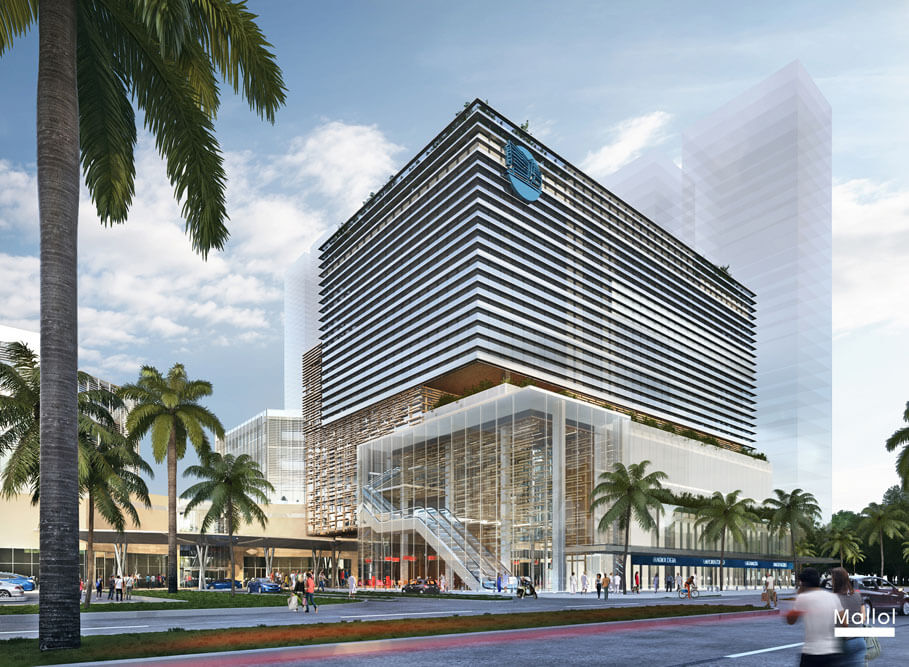
Growing Medical Tourism
The second Johns Hopkins International affiliated hospital is currently under construction in Costa del Este and there are already a slew of medical and dental offices, laboratories, radiology offerings and out-patient surgery suites located on the top floors of the Town Center Mall.
One-Eighth Of The Cost
It’s not just that medical treatments are adequate in Panama, but it’s that some of the most developed treatments and research are being carried out in Panama. I read that health insurance did not cover the stem cell treatment, but then I read the procedure in Panama started at $23,000 for adults and $15,000 for children. A friend, who is a medical doctor in the United States, told me the cost for that would start at about $184,000 in the US and there wouldn’t be a hotel room with breakfast included.
“It’s still considered experimental,” said my doctor friend. “It’s really only available to the wealthy in the US, but it’s a real answer if someone knows about The Stem Cell Institute in Panama,” he continued. “I hope you never need the treatment, but if you do you are in the right place.” I smiled.

